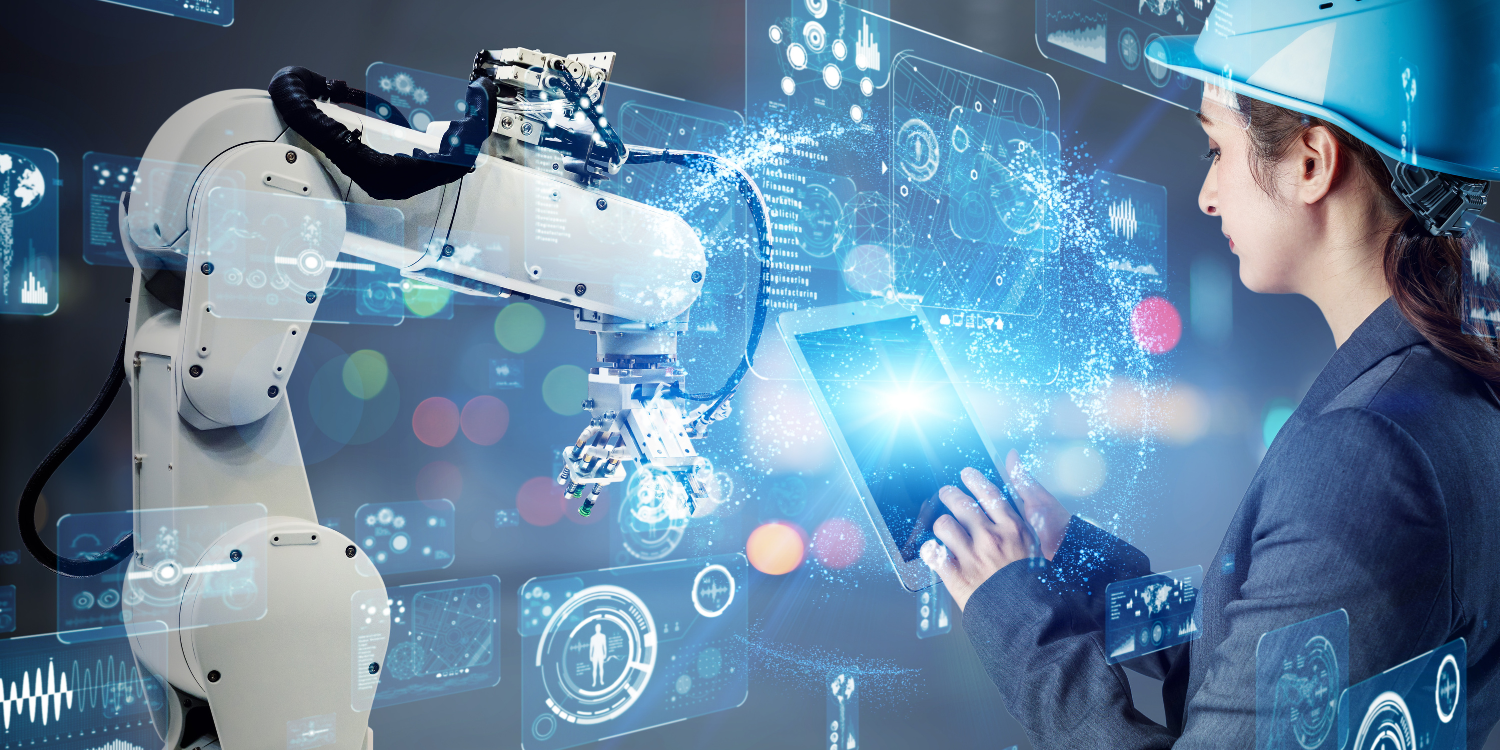- Industry 5.0 places human well-being and sustainability on the same level as productivity, promoting a collaborative, green, and resilient factory.
- Companies across Europe are already using cobots, digital twins, and 5G networks to improve ergonomics, reduce emissions, and gain flexibility in the face of disruptions.
From political vision to plant reality
The European Commission enshrined Industry 5.0 when it published a roadmap in July 2024 that aligns competitiveness, well-being and the environment. Shortly afterwards, trade fairs such as Mindtech 2025 showcased hundreds of demonstrations labelled ‘Industry 5.0’, reflecting a shift in priorities: technology is no longer an end in itself but a tool for empowering people.
What distinguishes it from Industry 4.0
While the previous revolution pursued ‘lights-out’ factories governed by algorithms, Industry 5.0 vindicates the operator as the protagonist of the process.
Success is no longer measured solely in pieces per hour, but also in reduced fatigue, job satisfaction, and a smaller carbon footprint. The result is human-centric, sustainable manufacturing that is better able to adapt to global crises.
Technologies that are already maturing
The latest generation of cobots accounts for 11% of the global robot fleet and is growing at double-digit rates thanks to its intuitive programming and ability to share space with people.
Digital twins and extended reality (XR) enable operator training and line reconfiguration without shutting down the physical plant, while 5G and 6G networks provide the ultra-low latency required for exoskeletons and remote control. The common denominator is co-creation: each solution is designed with the worker’s needs in mind first.
Challenges still to be resolved
An ageing machine park hinders the sensorisation necessary to implement 5.0 solutions; in addition, the talent gap in industrial AI and robotics threatens to slow down deployments. Added to this is the growing attack surface in OT cybersecurity, which requires the adoption of Zero-Trust frameworks and training staff in digital best practices.
In the medium term, another major challenge lies in coordinating tax incentives and financing lines that reward projects where ergonomics and CO₂ reduction indicators count as much as economic returns. Without clear policies, many SMEs could be left out of the human-centric revolution.
Roadmap for businesses
To move towards a people-centric factory, companies must follow a clear strategy:
· Initial assessment: analyse ergonomics, energy consumption and cybersecurity in the plant to identify areas for improvement.
· Collaborative design: involve operators from the outset to ensure acceptance and functionality of new technologies.
· Controlled pilots: implement tests with cobots or extended reality on limited lines, measuring their real impact.
· Specialised training: strengthen the digital skills of staff through vocational training programmes, retraining and external collaboration.
· Purposeful scaling: replicating successful solutions by setting sustainability, workplace well-being, and profitability goals.
This approach enables the implementation of meaningful technologies, boosting both productivity and human value in the industry.
A change of vision
Industry 5.0 is no longer just a slogan: official documents, international trade fairs and pilot cases show that the competitive advantage of the next decade lies in factories that put people first. Adopting safe cobots, explainable digital twins and circular business models protects operator health, reduces the environmental footprint and strengthens resilience in the face of any crisis. The time to jump on this people-centric wave is now.
